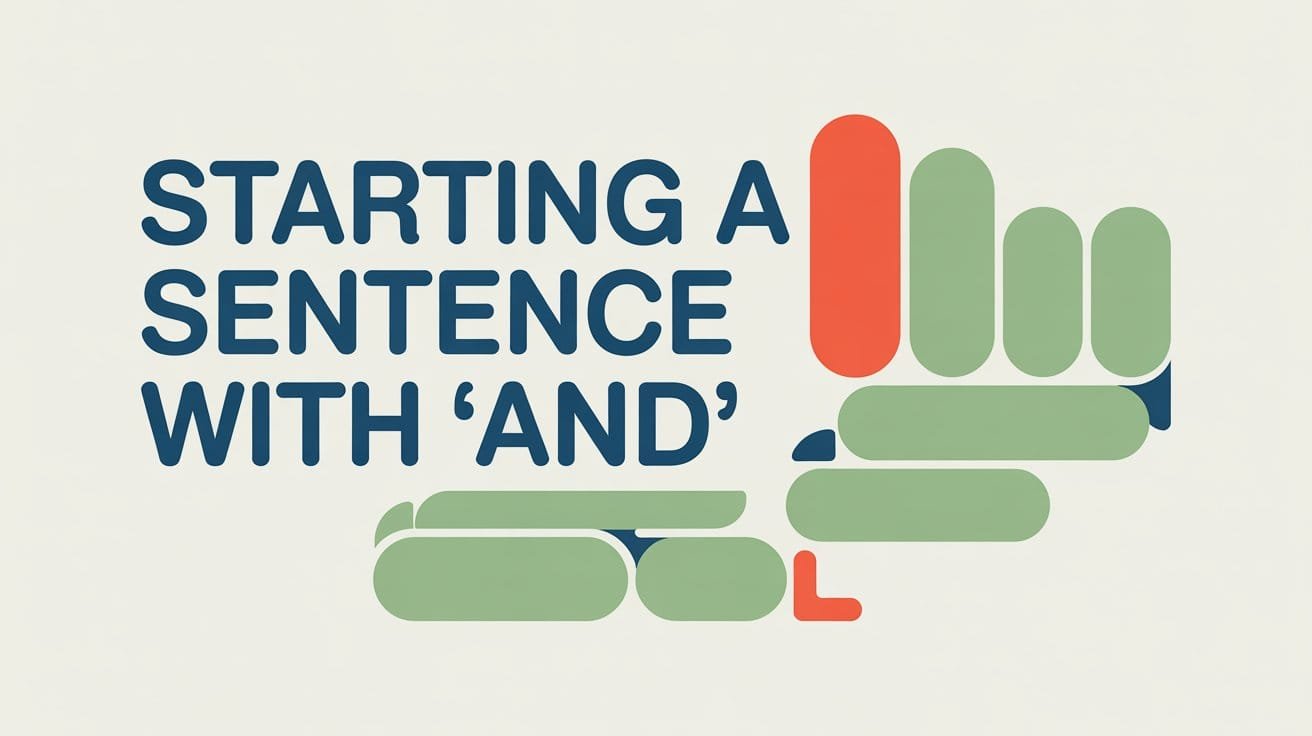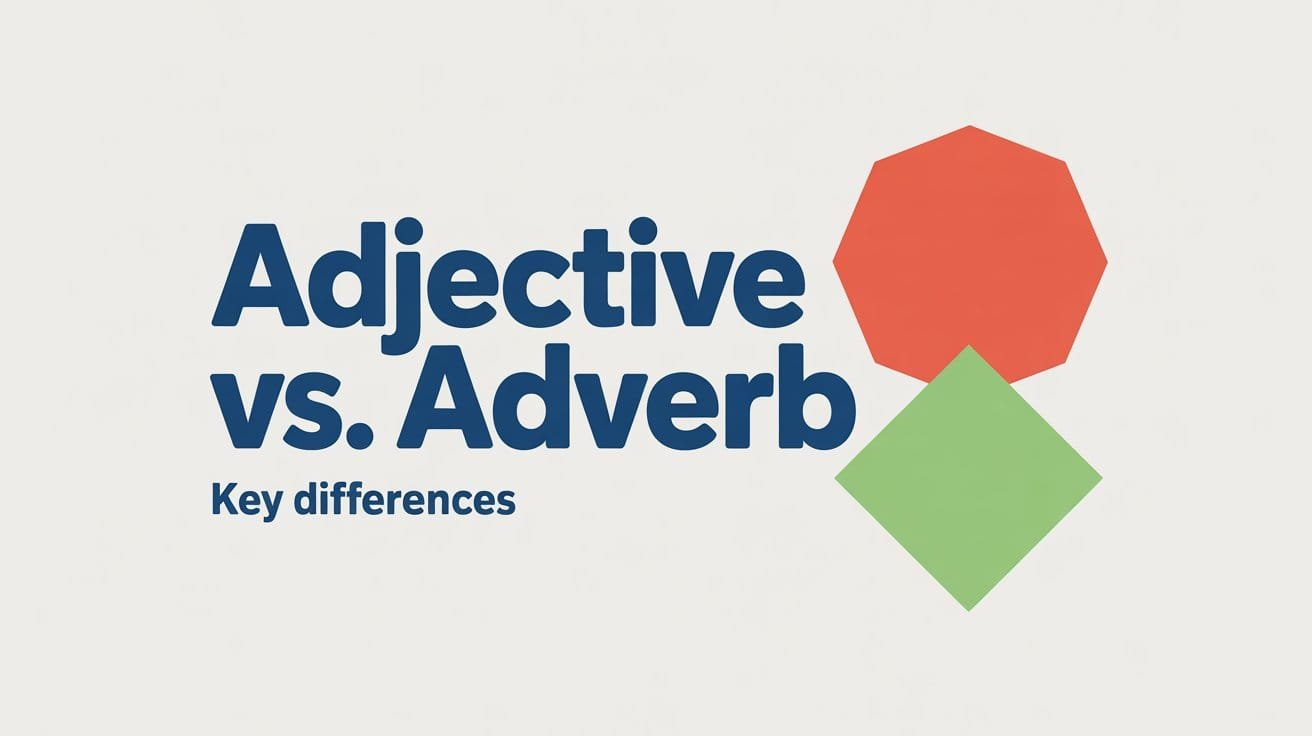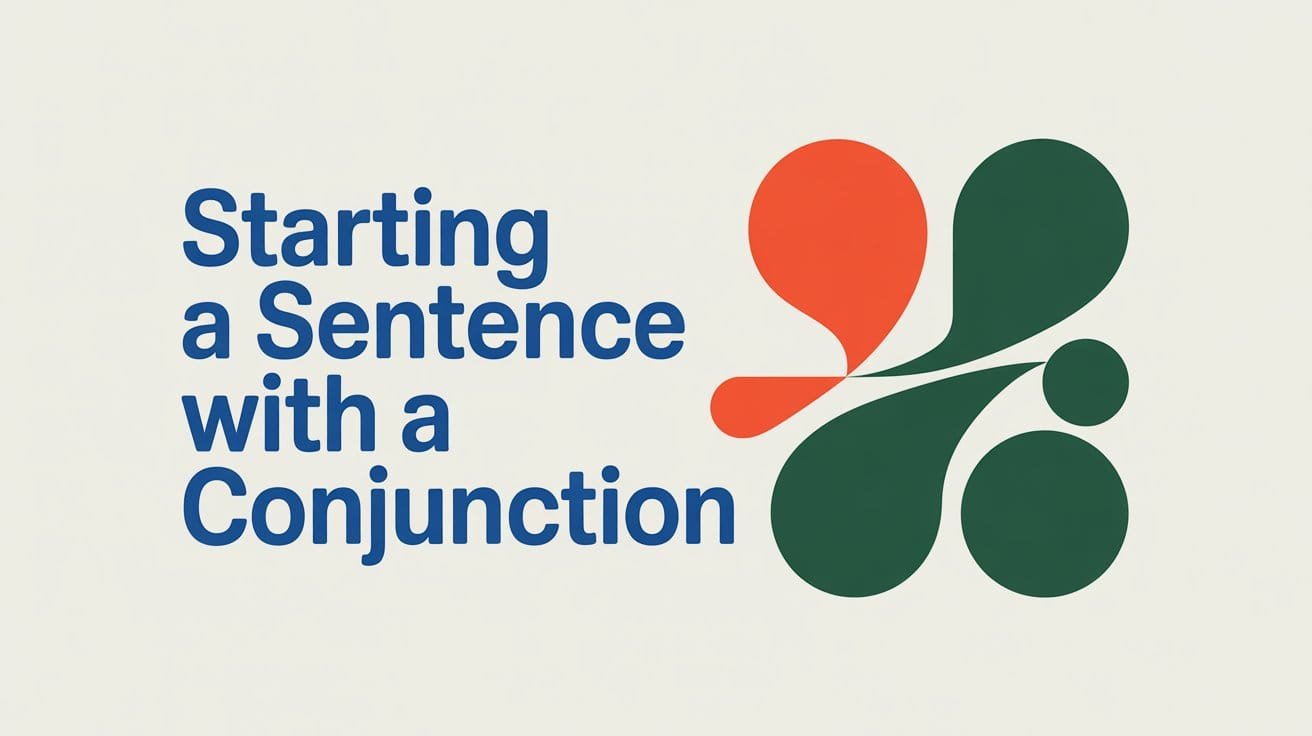Many learners are told not to begin a sentence with and, especially in school writing. But this advice isn’t a strict rule; it’s more of a stylistic guideline. In modern English, starting a sentence with and is acceptable when used with care.
Writers often use and to connect closely related ideas, continue a thought, or add emphasis. The key is to ensure that the sentence is complete and contributes clearly to the flow of the writing.
Is It Correct to Start a Sentence with And?
Yes, it is. Starting a sentence with and is grammatically correct. It’s commonly used in both informal and formal writing to add information or extend an idea from the previous sentence.
Some teachers discourage it to help beginners avoid sentence fragments. But when the sentence is complete and the usage is intentional, there’s nothing wrong with placing and at the beginning.
Examples of Sentences Starting with And
- She explained her idea in detail. And everyone agreed it was the best approach.
- He had all the documents prepared. And he submitted them before the deadline.
- They worked late to finish the project. And the extra effort paid off.
- We reviewed the budget carefully. And we found a few areas to cut costs.
These examples show how and can continue a thought or add related information without breaking the rules of grammar.
When to Avoid Starting a Sentence with And
Starting with and is grammatically correct, but in some situations, it can weaken your writing or lead to confusion. Here’s when it’s better to avoid it:
When the Sentence Is Incomplete
And should not be followed by a sentence fragment. Make sure the sentence includes both a subject and a verb.
❌ And went to the meeting.
✅ And she went to the meeting.
When It’s Used Too Often
Using and to start several sentences in a row can make your writing sound repetitive or unpolished. Vary your sentence structure to keep your writing smooth and engaging.
❌ The report was finished. And he printed it. And he emailed it to the team.
✅ The report was finished, printed, and emailed to the team.
In Formal or Academic Writing
In formal writing, beginning a sentence with and can sound too casual. Some contexts require a more traditional structure. Use alternatives like also, in addition, or moreover when appropriate for tone.
❌ And the data supported the hypothesis.
✅ Additionally, the data supported the hypothesis.
How to Use And at the Beginning of a Sentence
- Make sure the sentence is complete and not a fragment
- Use it to continue or expand on a related idea
- Avoid overusing it—mix it with other sentence types
- Match the tone of your writing to the context
Related Reading
- Can You Start a Sentence with But?
- Can You Start a Sentence with So?
- Can You Start a Sentence with Although?
Final Thoughts
Yes, you can start a sentence with and, and many skilled writers do. It’s a natural way to continue an idea or add detail, as long as the sentence is complete and connected to the one before it. Just be mindful of tone and avoid overuse, especially in formal writing.



